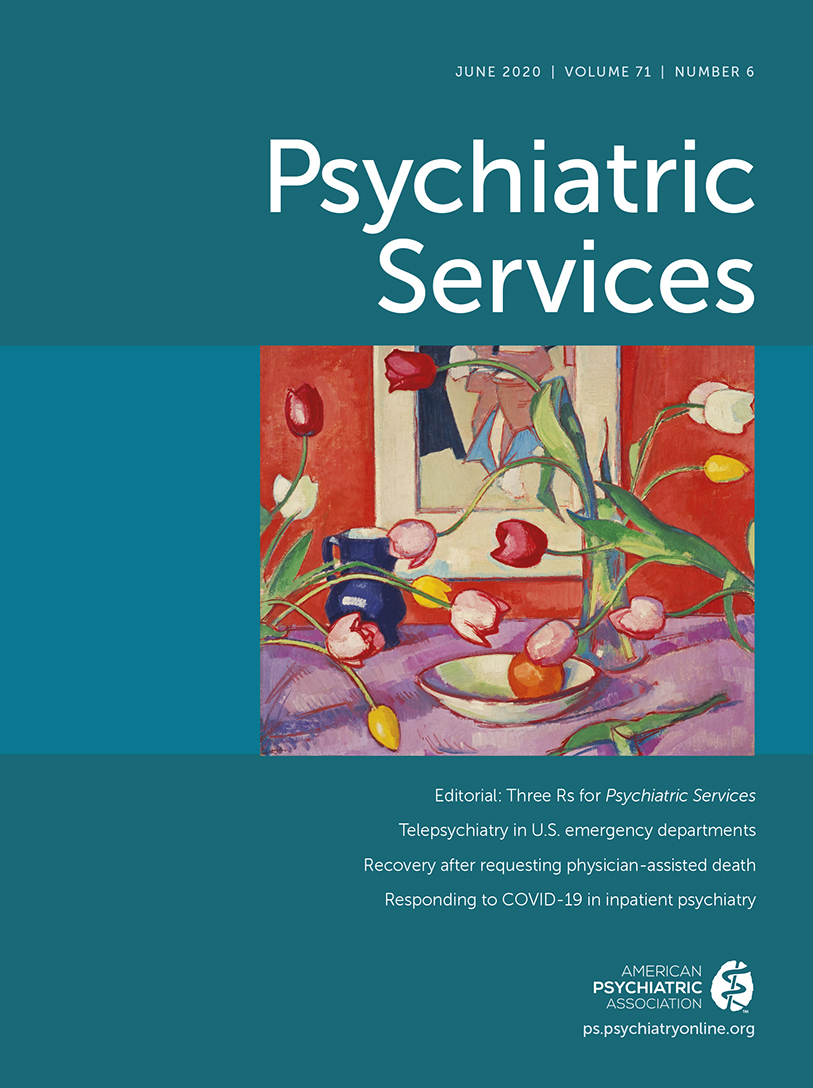Development and Validation of an Instrument to Measure Staff Perceptions of Recovery Climate and Culture in Mental Health Programs
Abstract
Objective:
Few existing instruments measure recovery-oriented organizational climate and culture. This study developed, psychometrically assessed, and validated an instrument to measure recovery climate and culture.
Methods:
Organizational theory and an evidence-based conceptualization of mental health recovery guided instrument development. Items from existing instruments were reviewed and adapted, and new items were developed as needed. All items were rated by recovery experts. A 35-item instrument was pilot-tested and administered to a national sample of mental health staff in U.S. Department of Veterans Affairs Psychosocial Rehabilitation and Recovery Centers (PRRCs). Analysis entailed an exploratory factor analysis (EFA) and inter-item reliability and scale correlation assessment. Blinded site visits to four PRRCs were performed to validate the instrument.
Results:
The EFA determined a seven-factor solution for the data. The factors identified were staff expectations, values, leadership, rewards, policies, education and training, and quality improvement. Seven items did not meet retention criteria and were dropped from the final instrument. The instrument exhibited good internal consistency (Cronbach’s α=0.81; subscales, α=0.84–0.88). Scale correlations were between 0.16 and 0.61, well below the threshold (α=0.9) for indicating overlapping constructs. Site visitors validated the instrument by correctly identifying high-scoring and low-scoring centers.
Conclusions:
These findings provide a psychometrically tested and validated instrument for measuring recovery climate and culture in mental health programs. This instrument can be used in evaluation of mental health services to determine the extent to which programs possess the organizational precursors that drive recovery-oriented service delivery.



